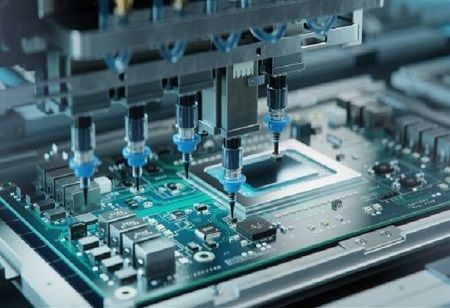
The electronics sector in India is on the verge of a major employment increase, with the government aiming towards the creation of 60 lakh jobs under the recently approved production-linked incentive (PLI) scheme for electronic components manufacturing. This is a huge increase from the 25 lakh jobs currently created in the sector. On Friday, the Union Cabinet has approved the PLI scheme with an outlay of ₹23,000 crore to promote manufacturing in India of important electronic components.
“The most important aspect of electronics manufacturing is its employment potential,” said Ashwini Vaishnaw, Minister of IT & Electronics. “We are now aiming towards 60 lakh employment potential.”
This is less than the ₹40,000 crore the industry was hoping for, but this should help kickstart large production and build the country's presence in the global electronics market. The scheme should provide the majority support to numerous components: printed circuit boards (PCBs), surface-mount (SMT) and non-SMT components, semiconductors, etc. India's electronics sector has shown a strong upward trajectory in the last 10 years, with manufacturing capacity expanding five times, and electronics exports growing six times, making electronics one of the top three items exported.
The scheme will provide extensive support for various components, including printed circuit boards (PCBs), surface-mount (SMT) and non-SMT components, and semiconductors. “With this scheme, we'll be able to support a large number of components which go into manufacturing finished goods, increasing domestic value addition,” Vaishnaw stated.
While domestic manufacturing will help reduce dependence on imports, the government is focusing on export-led growth. “We are not just looking at import substitution; we want large-scale manufacturing of these components for the entire world,” Vaishnaw emphasised.

